Jock itch is a common fungal infection in the groin area, medically known as tinea cruris, that manifests in the form of discomfort, itching, and irritation. Although traditional treatments with antifungal creams and medications usually work, there's been a new interest in alternative therapies-red light therapy. It is a non-invasive treatment recommended to have numerous benefits against various skin conditions, including jock itch. In this blog post, we'll discuss why red light therapy might be a promising option for managing this pesky condition, how it works, and what to consider before you add it to your treatment plan.

What is Red Light Therapy?
Red light therapy is a process that involves the use of specific wavelengths of light, usually between 620-850 nm, to penetrate the skin. This energy from light gets absorbed into the cells, stimulating different biological processes. The most fundamental mechanism of red light therapy is stimulating cellular metabolism, raising the production rate of ATP (adenosine triphosphate), and boosting collagen synthesis. These effects lead to better and healthier skin, a reduction in inflammation, and support the self-healing procedures of the body's system.
While there have been plenty of studies on red light therapy's applications in dermatology-including, but not limited to, acne and psoriasis the benefits regarding the fungal infection of jock itch are still under study. Current literature on red light therapy shows that it helps in wound healing, has anti-inflammatory effects, and improves skin texture; therefore, there can be quite a few beneficial effects on conditions such as jock itch.
Why Use Red Light Therapy for Jock Itch?
- Prevent Fungal Infection: Most of the time, jock itch results from fungal infections - dermatophytes. Dermatophytes flourish better under warm and moist environments, and the groin, indeed, constitutes a good niche for their development. RLT stimulates cellular activities and may enhance skin defense mechanisms powerfully. When it penetrates your skin at a specific wavelength, red light therapy may fight the underlying offensive pathogens that result in jock itch skin infection.
- Pain Relieving and Healing: Moreover, apart from targeting the fungus itself, red light therapy can deal with discomfort one might experience along with a jock itch. The itch, burn, and irritation can greatly impact your quality of life. Additionally, red light is known for its anti-inflammatory properties and cellular repair processes to eliminate symptoms. If the inflammation is reduced, healing will be easier and faster.
- Safety and Accessibility: One of the most critical advantages of red light therapy is its non-invasive nature. Unlike oral medications or topical treatments that can have side effects, red light therapy is generally regarded as safe when used and applied as prescribed. Convenience is a real advantage for people who have recurring jock itch because it can be done at home with handheld devices or panels. Ease of access to this kind of treatment makes it an attractive option for those looking for a more manageable, at-home solution.
How to Use Red Light Therapy for Jock Itch?
- Application Method: Administering red light therapy to cure jock itch involves exposure to the affected areas. One can use a handheld device or a universal panel specifically designed for this kind of therapy. To derive effective results, allow the light to reach the infected area for some duration-usually 15-30 minutes per session. The duration and intensity will again depend on the device used and recommendations from the manufacturer.
- Frequency of Use: For optimal results, the red light therapy should be done 3-5 times a week, depending on your response and the condition. Begin with the given frequency and see how your skin responds. You may continue having a similar schedule in case of improvement with no adverse discomfort. In case of any irritation, seek professional services.

![]() Important Considerations
Important Considerations
It's very important to keep in mind that red light therapy is not a magical cure for jock itch. While it may alleviate symptoms and aid in healing, it may be an alternative or substitute for conventional antifungal therapy. It can be used complementarily, but one should observe a comprehensive course of treatment that includes traditional antifungals. Always consult a healthcare professional before starting red light therapy treatment. This is particularly necessary if one has other underlying health issues or is on other medications.
Conclusion
Red light therapy is promising for the treatment and management of jock itch by reducing symptoms and improving skin healing. Its non-invasive nature makes it uniquely appealing to those who suffer from recurrent infections. Consult a healthcare professional to ensure that red light therapy is right for you. Incorporating red light therapy into your personal care routine may well prove one of the most proactive steps toward the management of jock itch and improving general skin health.
References
1. Sahoo, Alok Kumar, and Rahul Mahajan. "Management of tinea corporis, tinea cruris, and tinea pedis: A comprehensive review." Indian dermatology online journal vol. 7,2 (2016): 77-86. https://www.ncbi.nlm.nih.gov/pmc/articles/PMC4804599/
2. Wu, Xuelin, and Yongxuan Hu. "Photodynamic Therapy for the Treatment of Fungal Infections." Infection and drug resistance vol. 15 3251-3266. 21 Jun. 2022, https://www.ncbi.nlm.nih.gov/pmc/articles/PMC9233483/
3. Dai, Tianhong et al. "Blue dye and red light, a dynamic combination for prophylaxis and treatment of cutaneous Candida albicans infections in mice." Antimicrobial agents and chemotherapy vol. 55,12 (2011): 5710-7. https://www.ncbi.nlm.nih.gov/pmc/articles/PMC3232820/
Read More
- Red Light Therapy| Improve Sleep & Wellness – BESTQOOL
- Red Light Therapy | Unlock Wellness & Beauty Benefits – BESTQOOL
- Red Light Therapy Dosing Guide – BESTQOOL
- Red Light Therapy for Newborn Sleep | Enhance Baby's Rest – BESTQOOL
- What is the Mechanism Behind Red Light Therapy? – BESTQOOL
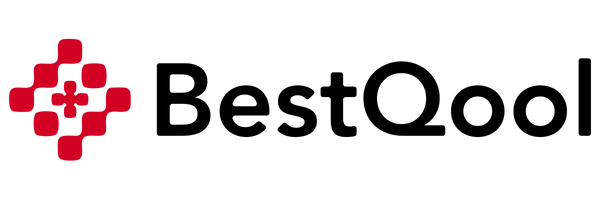


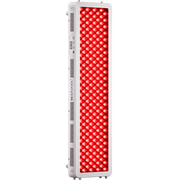









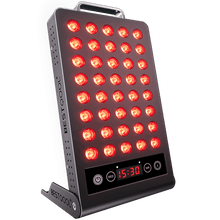
 Small
Small
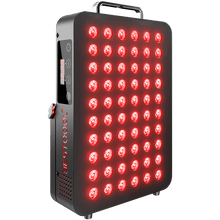
 Moderate
Moderate
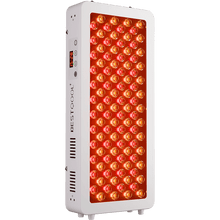
 Moderate
Moderate
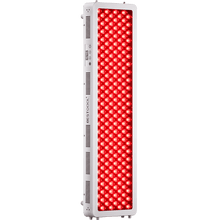
 Moderate
Moderate
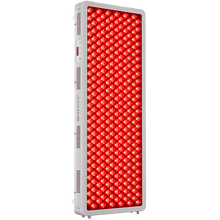
 Full
Full



